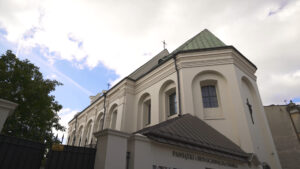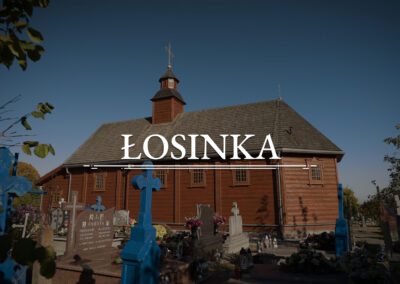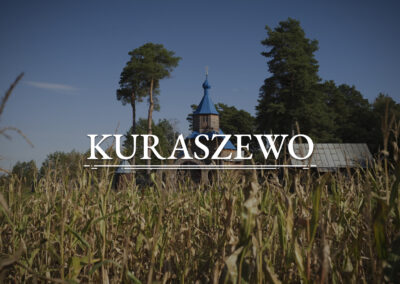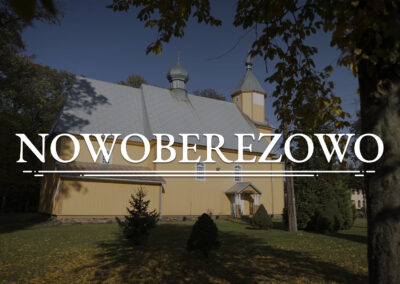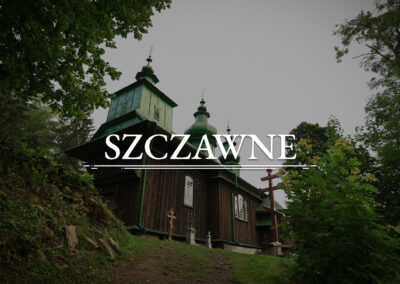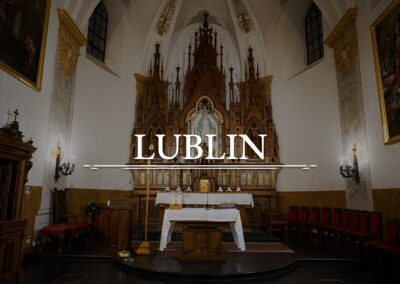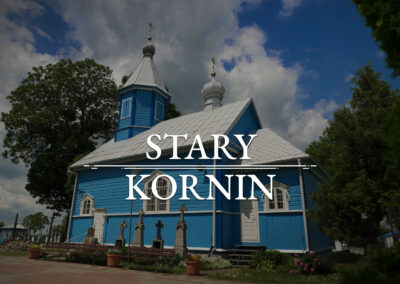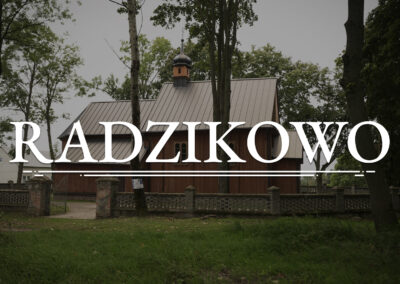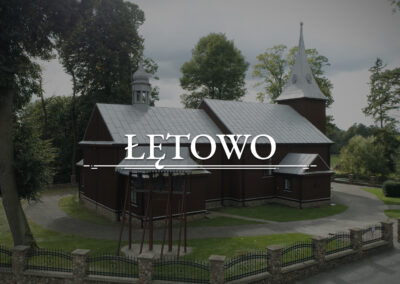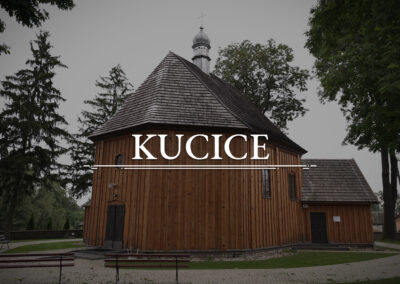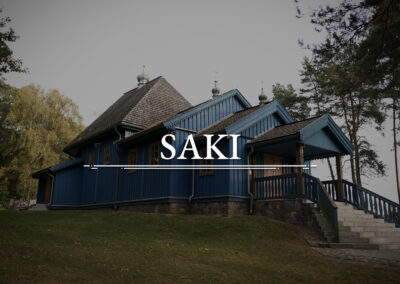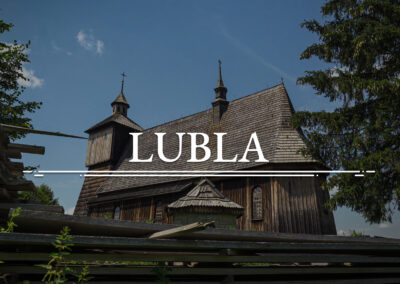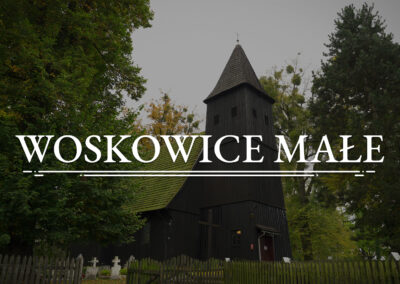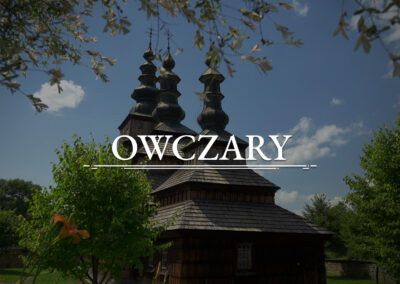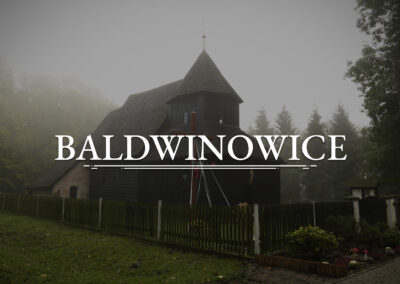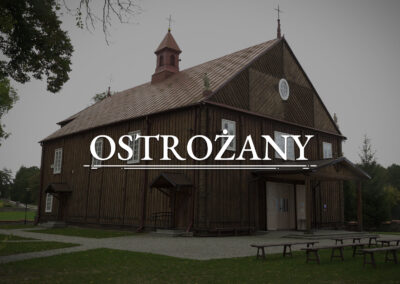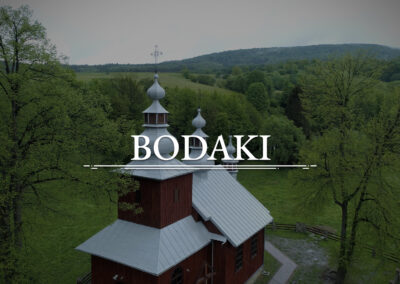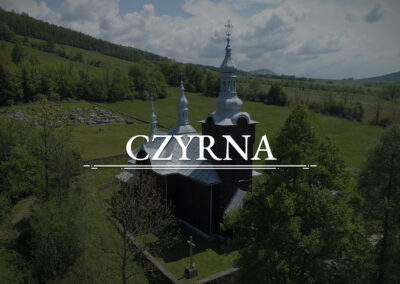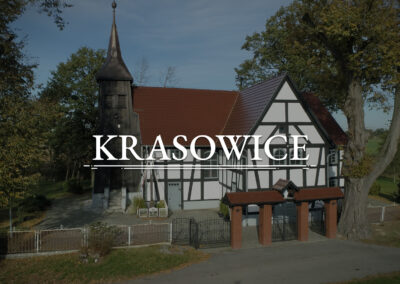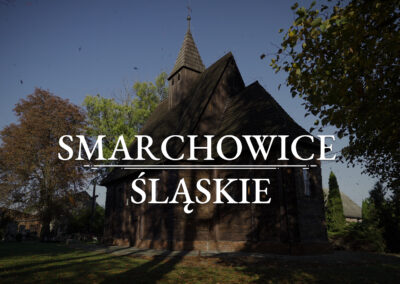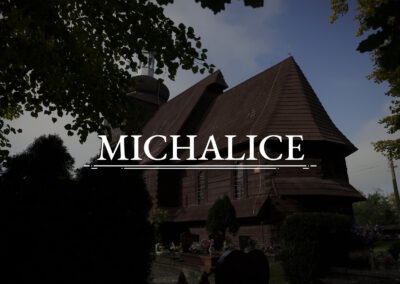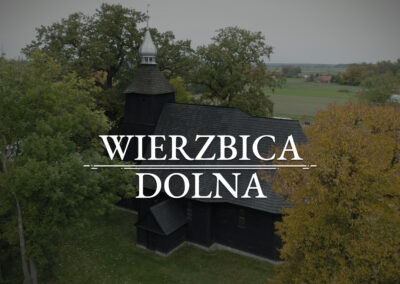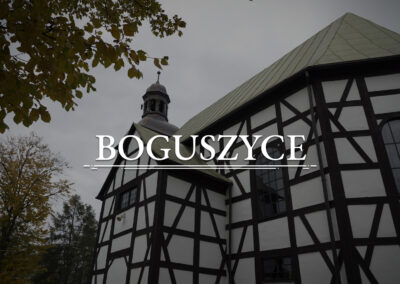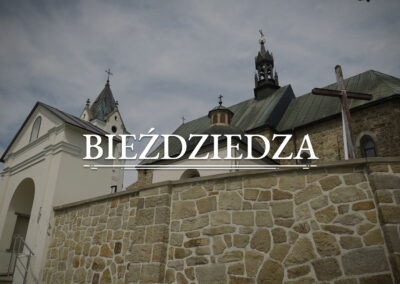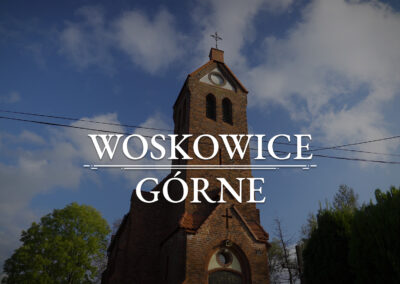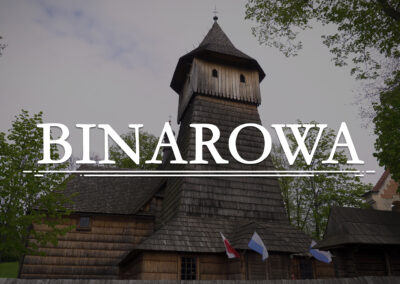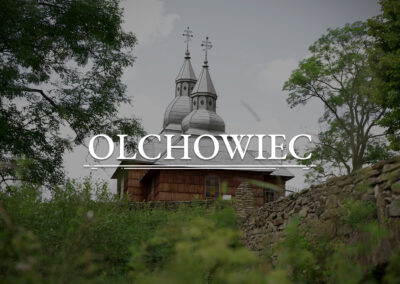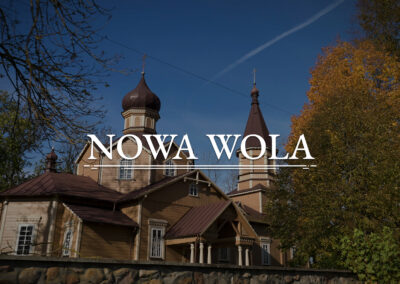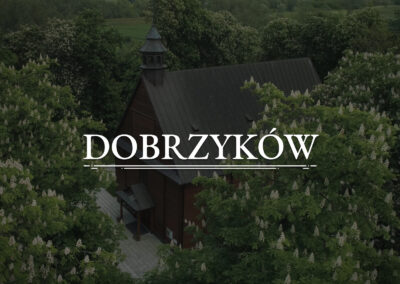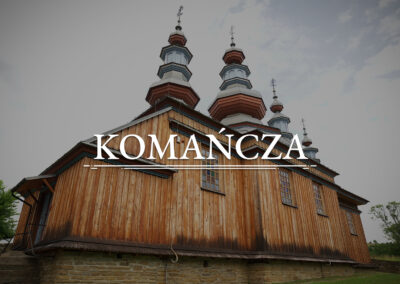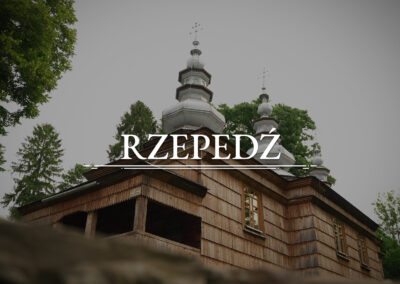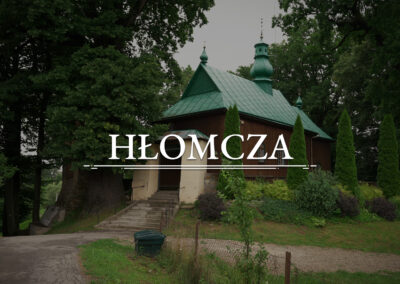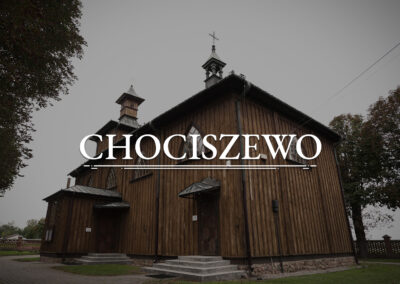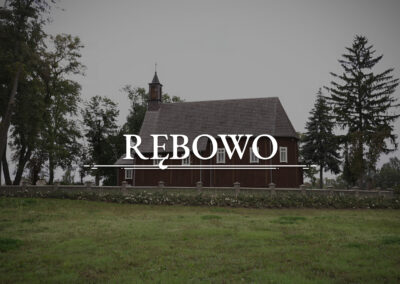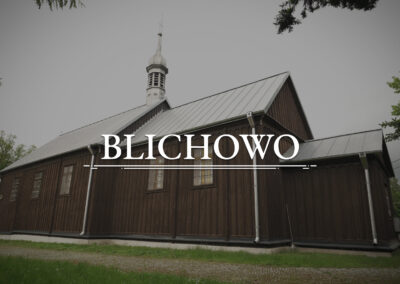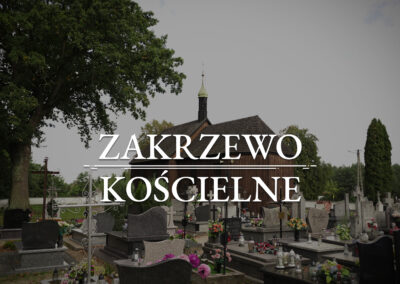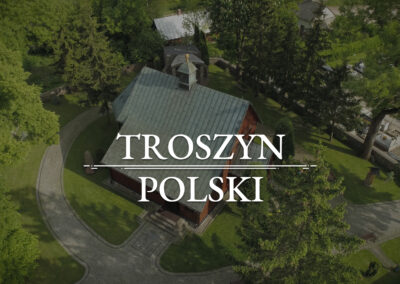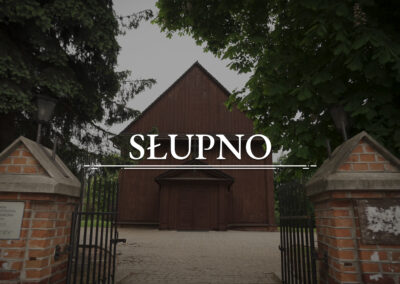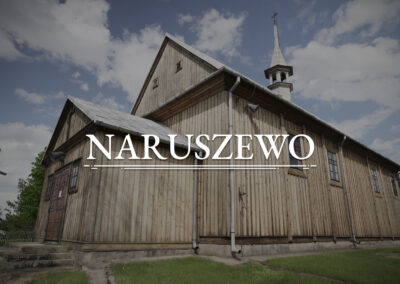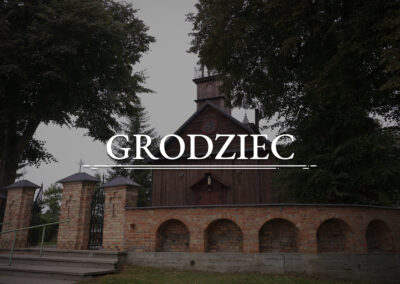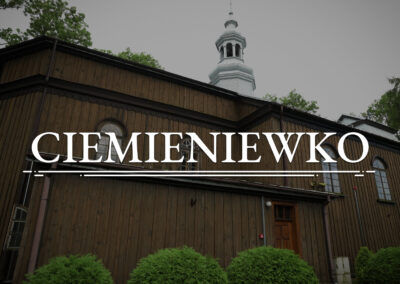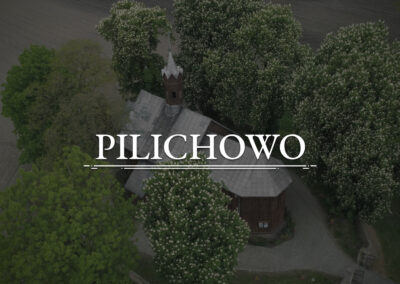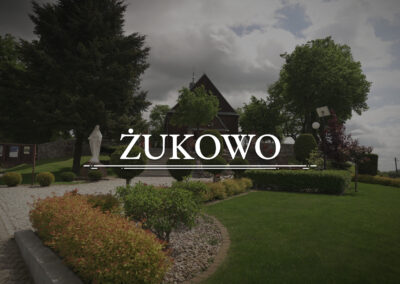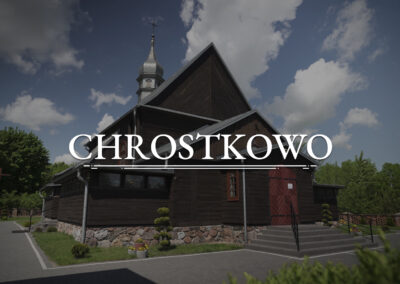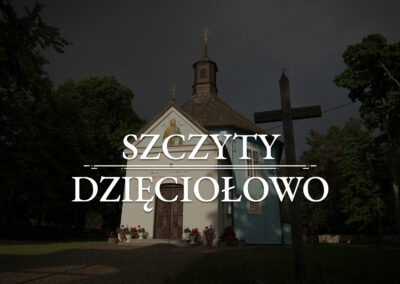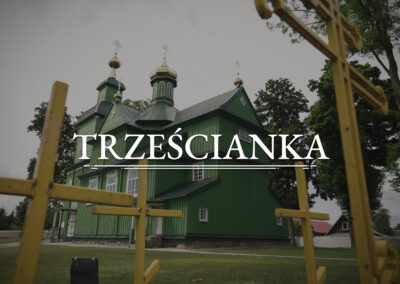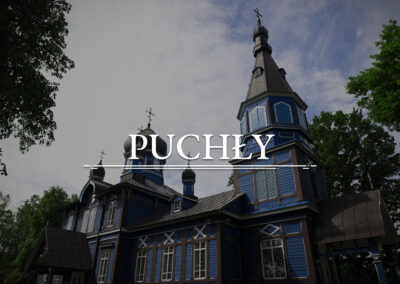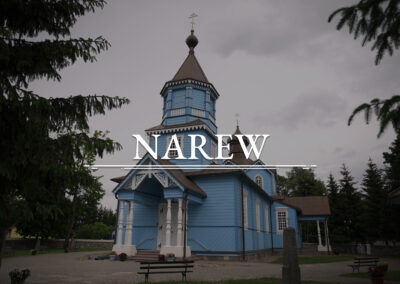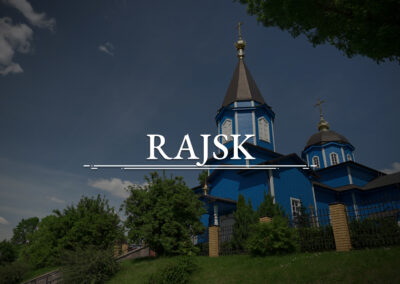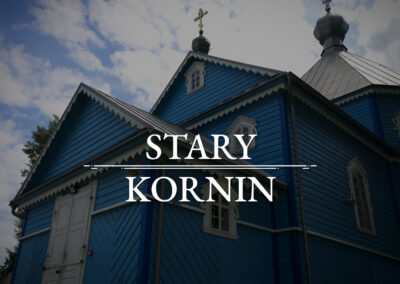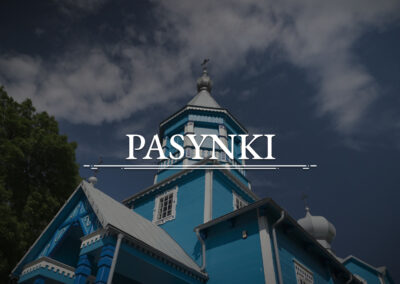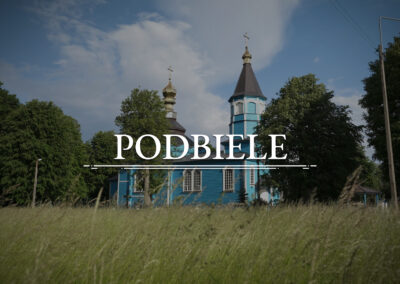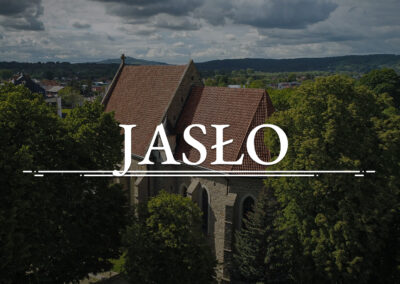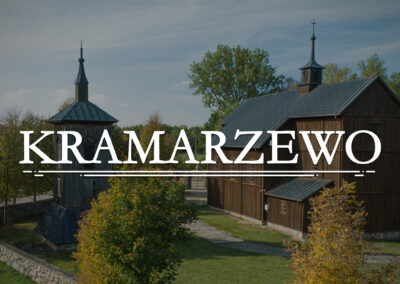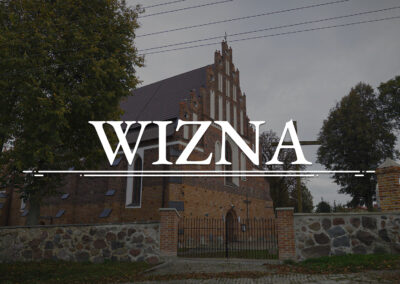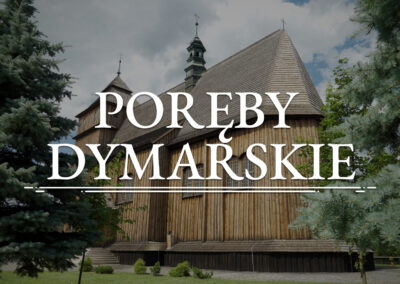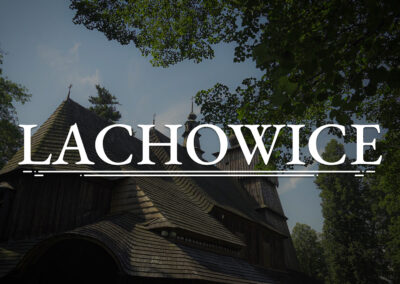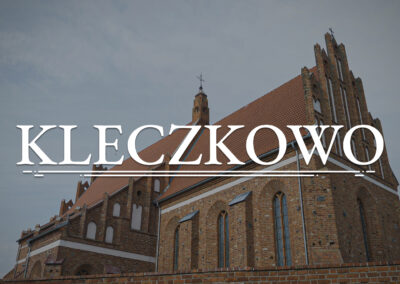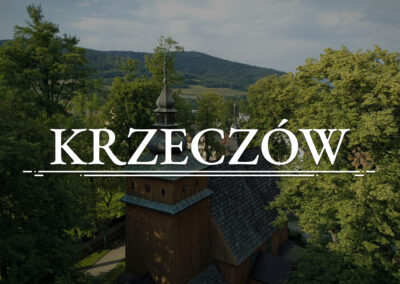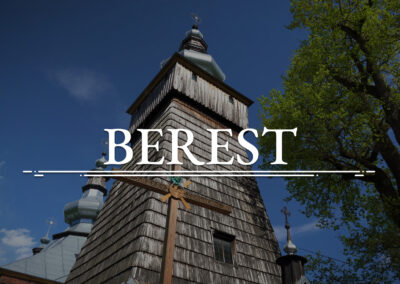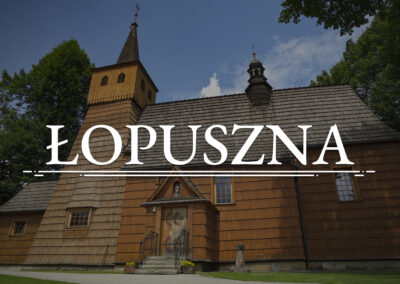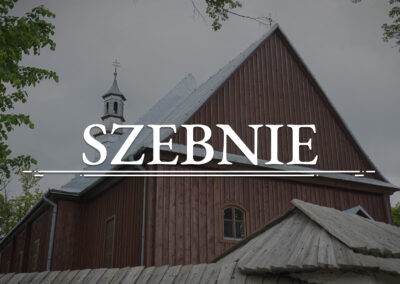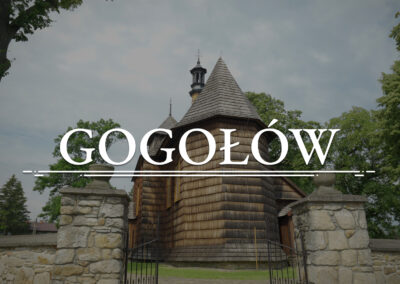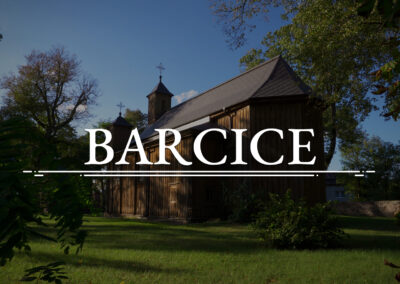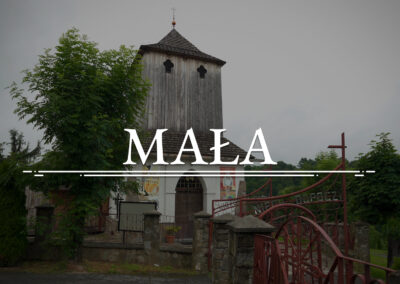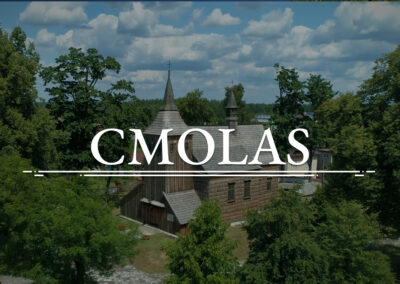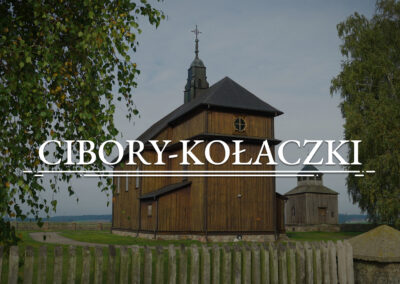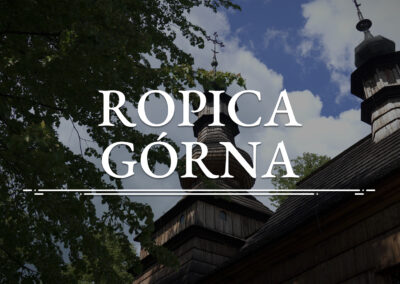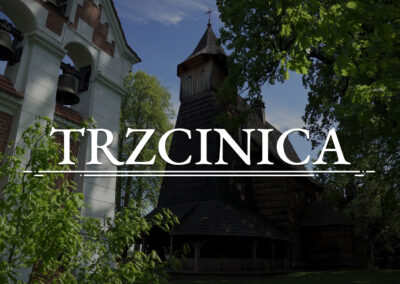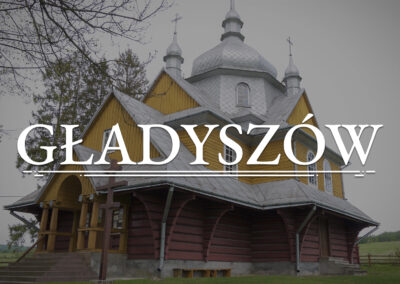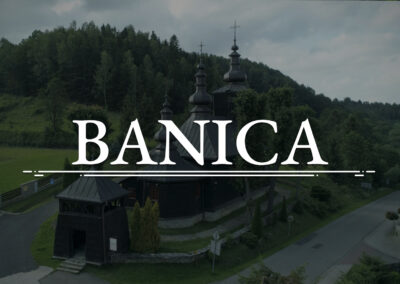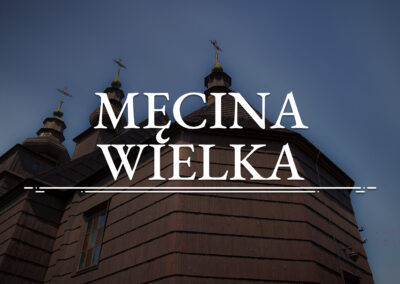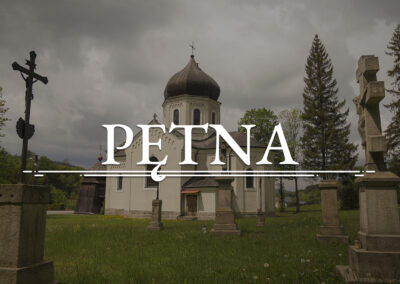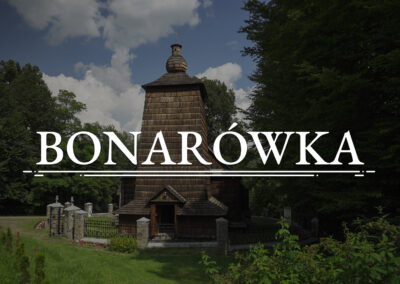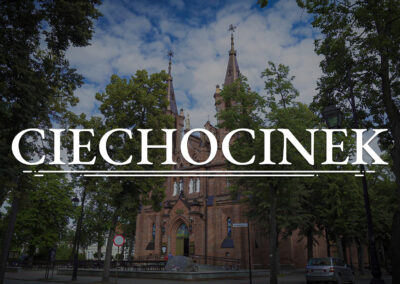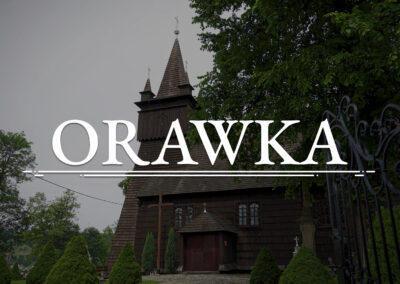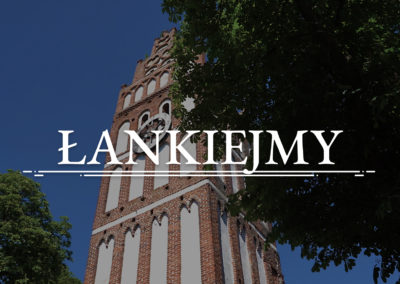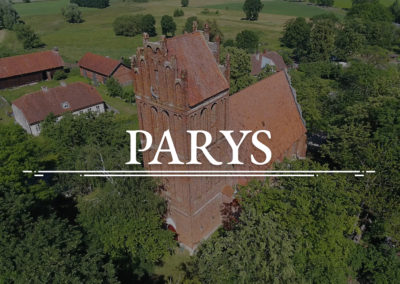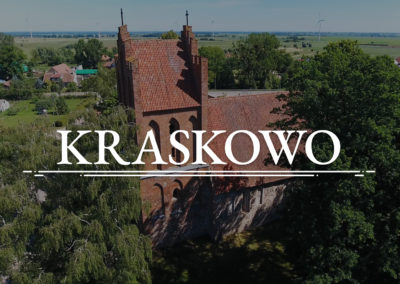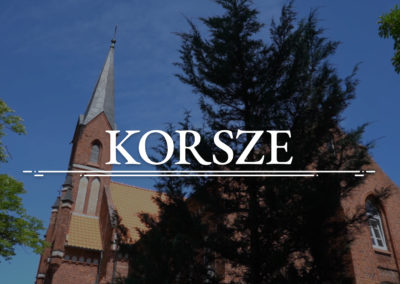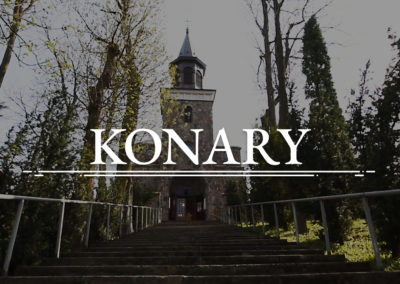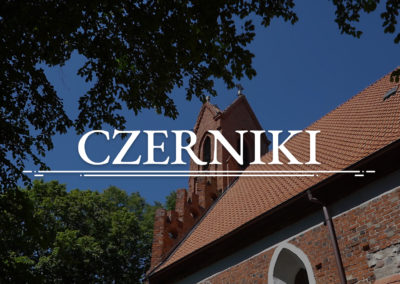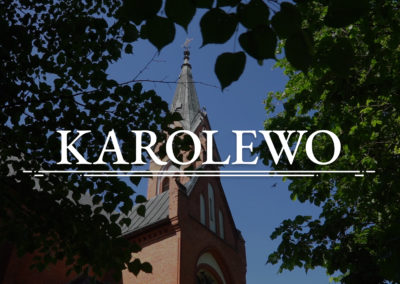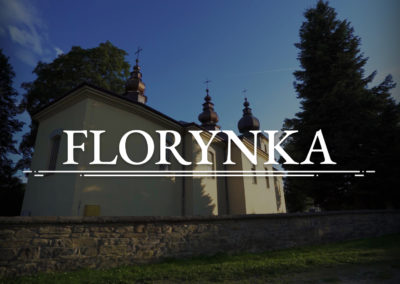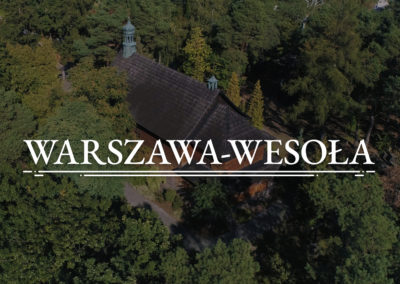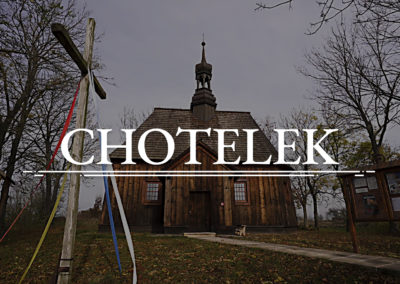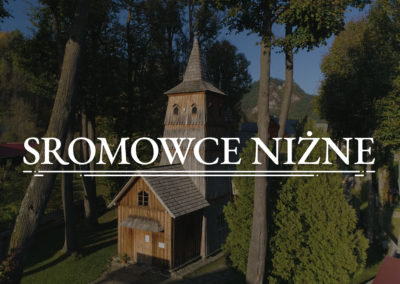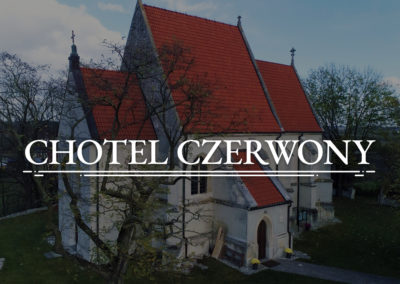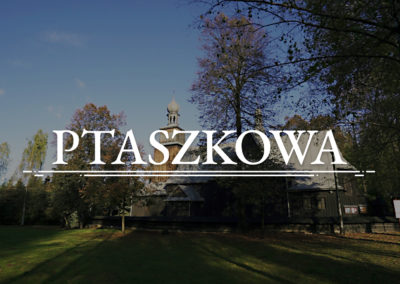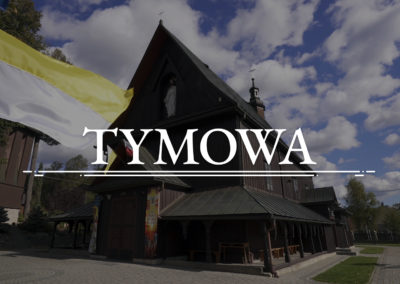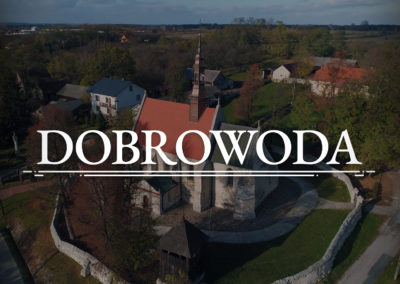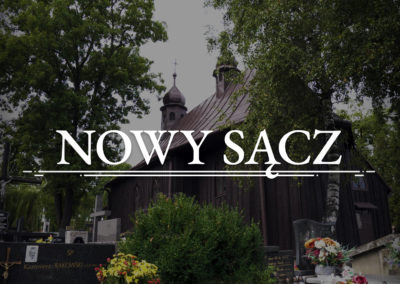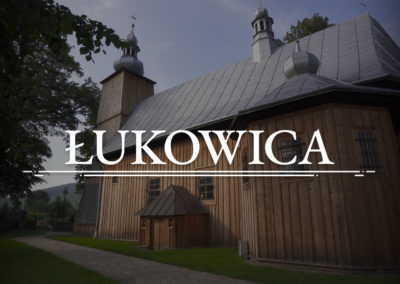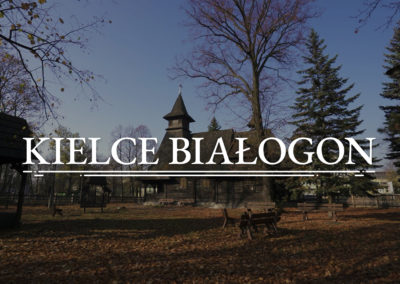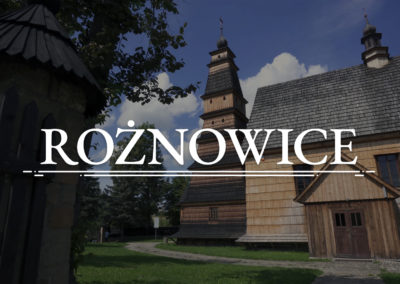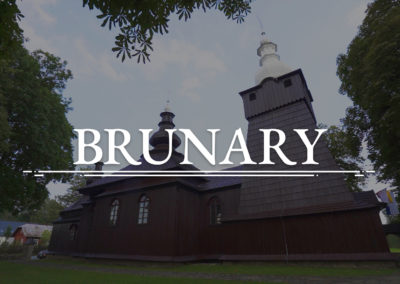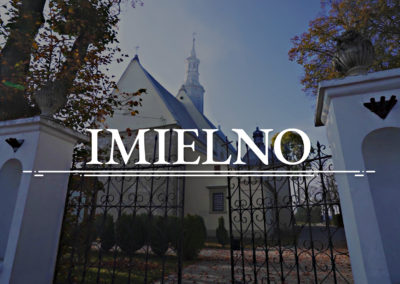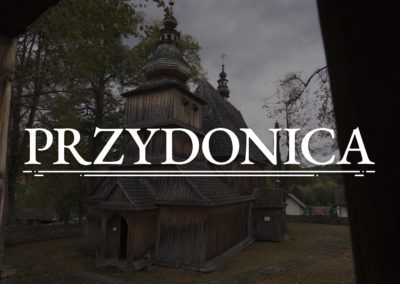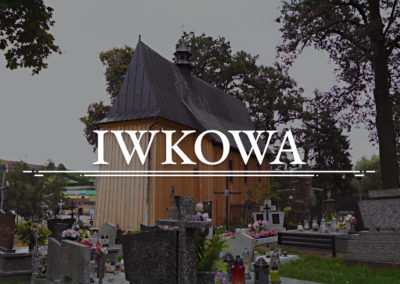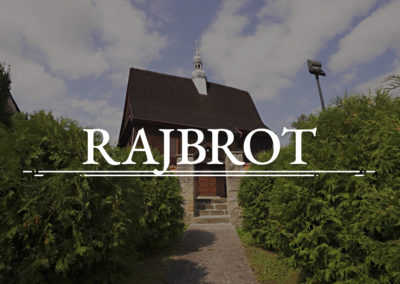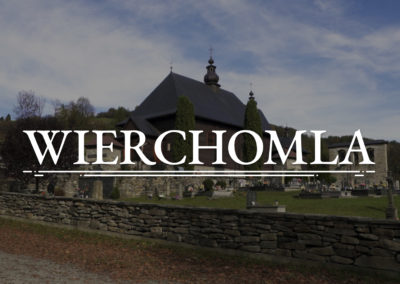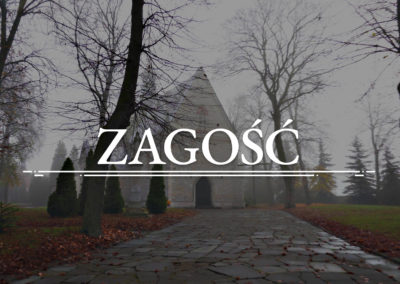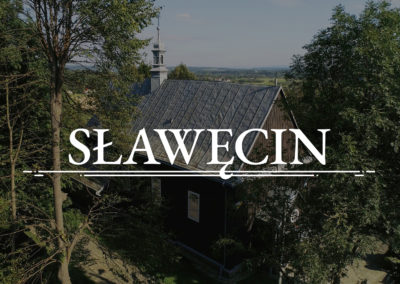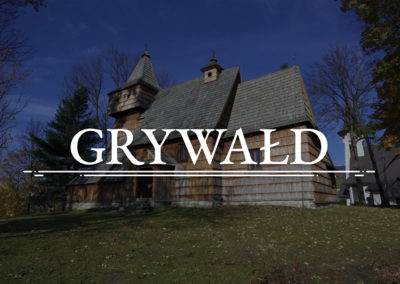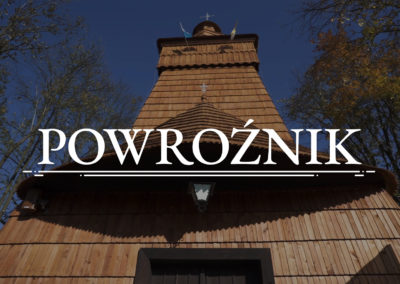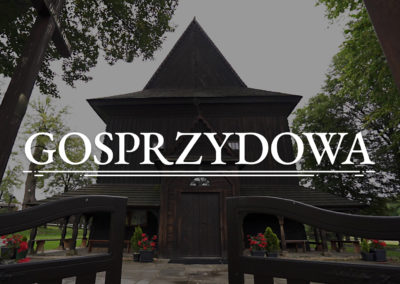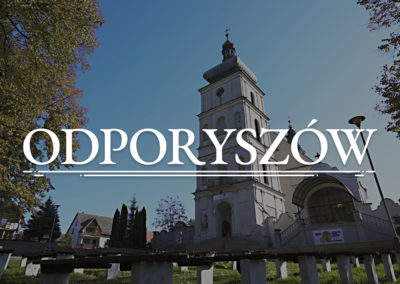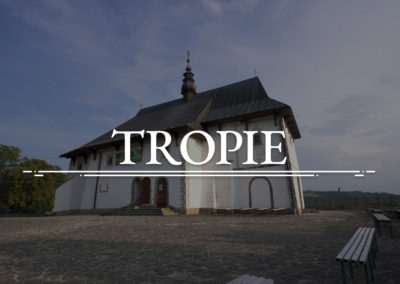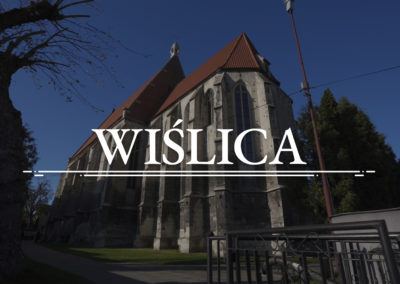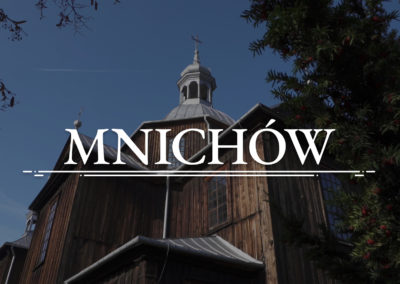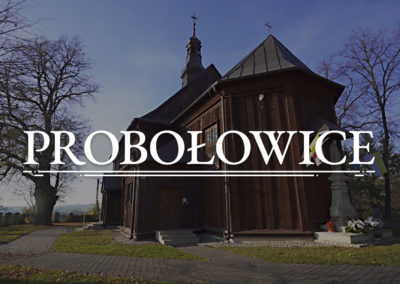LUBLIN - St Peter the Apostle Church
CHURCH
IN LUBLIN
Lublin is a unique city on the map of Poland for many reasons and many websites, similar to ours, would be necessary to present all of the attractions of this city and its vicinity. However, concentrating on sacral architecture monuments, we recommend, when travelling in the Lublin region, to find the time to visit the St Peter the Apostle church. The history of this church dates back to the 17th century, when the Royal Standard Bearer Piotr Czarny from Witowice gave the order of Bernardine Sisters a house with a building lot and a chapel. The maintenance of the nuns was to be guaranteed by the village of Rozkopaczew. The Bernardine Sisters arrived from Cracow, where they lived in the convent of St Agnes. In the same century, Gniewosz, the abbot from Pokrzywnica, allocated land to build a church. The remaining land was purchased by the nuns using their savings. The construction of the church lasted as many as twenty-two years and was completed in 1658. The original shape of the building was maintained in the style of Renaissance churches of the Lublin region. What is characteristic for this style? Churches have a facade, which is narrower than the nave, and is deprived of a tower, as well as a rounded presbytery. The buildings are slender, often reinforced by buttresses i.e. vertical elements made of bricks. The Renaissance style in the Lublin region was also rich in architectural details. Since the 17th century, the church has been rebuilt and refurbished several times. There were many reasons for this: change of style, routine repairs but even fire or invasions of the Tatars. In the 18th century, the church was damaged by fire just like the convent in 1768. The refurbishment of the convent was rather short, but the church needed more than a decade to regain its old lustre. New walls brought about a new style and the church from a Renaissance one turned into a Baroque one. When in 1864 the religious order was dissolved, the buildings, deprived of their owners, started to decay. In the years 1874-76, the complex was renovated. In 1887, the convent was closed down and the church became a filial one with a rector in charge of the church. In the 19th and the 20th centuries, additional changes appeared in the surroundings of the church. A part of the convent was pulled down in order to broaden the Bernardyńska street, and later another part was also pulled down to build a school founded by the Vetter family. The nuns finally relinquished the church in 1919 and the bishop gave it to the Jesuits. Already in 1924, it was considered to be an important monument and a conservator was in charge of it. In 2015, the church was given by the Jesuits to the Archdiocese of Lublin. The interior of the building, due to its rich details and ornaments is almost intimidating. It is especially worth paying attention to the rich neo-Baroque polychromy painted in 1899 by Władysław Barwicki. What is characteristic for Baroque and neo-Baroque styles is that they create illusion by using colours, perspective, arrangement of details and the light in relation to the observer. Thanks to this, we can get the impression that saints, angels and finally Jesus Himself together with the Blessed Virgin Mary look straight from Heaven into the church nave to help the faithful pray. In the main altar from the 18th century, adapted to the Renaissance style, we cannot miss the painting of St Peter the Doubting. It was painted by Antoni Michalak.
LUBLIN - St Peter the Apostle Church
